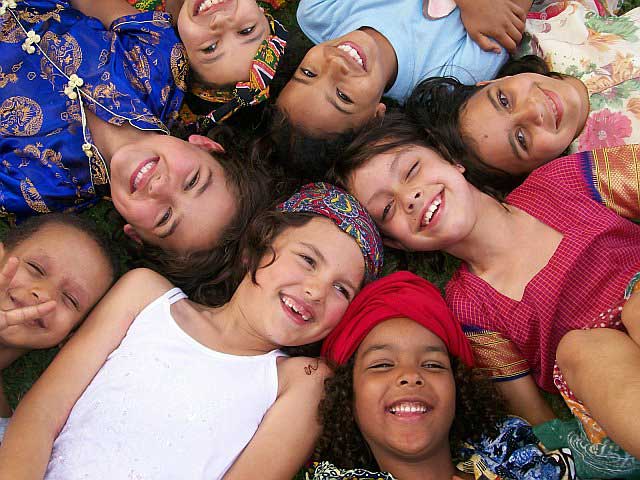ARTIFACT: PRESENTATION ON ENRICHMENT
When I first read the 8 Standards of Teaching presented by the British Columbia College of Teachers (BCCT), Standard 3 stood out in my mind because it did more than suggest educators know about developmental stages, it addressed what I feel is one of the most important aspects of teaching – knowing and addressing the fact that each student is unique.
Educators understand and apply knowledge of student growth and development.
The statement conjured an image in my mind of several faces, each representing a unique nationality or colour. Visually, no two faces were the same, but undoubtedly the abilities belonging to the children were even more unique. I looked forward to approaching my students in this manner, especially since the Standard’s message to teachers was so poignant: understand and apply knowledge.
We were given the opportunity in the Problem-based Learning cohort at the University of British Columbia to become experts in one aspect of a case. During one case, I was assigned the topic of “Giftedness.” The topic reminded me of my elementary school years when students were pulled out of class to attend “special gifted classes.” I was included in that group, however, I never felt like the experience was enriching, rather, it separated me from my peers as “different.” Sometimes I even felt “difficult” because I created more work for the teacher by catching on too quickly, finishing my work ahead of everyone else, or even challenging myself with the work in such a way that enhanced the lesson, but wasn’t exactly what my teacher had asked for. I was pulled out of class because my needs were not being met.
When I started my research on giftedness, I assumed I’d be sorting through the various explanations of the idea in attempt to throw together a how-to package for my colleagues should they encounter a gifted child in their class. I was anxious to learn what my teacher could have done to help me. The concepts I discovered, however, were not strictly for gifted students (as seen in my presentation on enrichment). I found that a lot of the techniques could be applied to all learners. The key to the techniques was not only knowing how to enrich student’s learning, but knowing when that enrichment was needed. Enrichment is defined as a method that “provides a breadth of learning by exposing pupils to a wide range of different activities and ideas, helping them to see connections, discover interests and talents, and develop different skills, knowledge, and understanding.”* Though this idea is closely associated with giftedness, it is crucial that all students receive this type of exposure to new activities and ideas to meet their needs as well.
In reading Standard 3 now, I see the importance of not to pigeonholing a child into a specific learning category. Just as I did not want to be placed in the “different” category away from my peers, I wanted my teacher to recognize how my unique qualities could be a valuable addition to the class while being a member of a group could benefit me. I have much more to learn about this – as did my teacher – for there are endless ways to reach all learners. I have not doubt that it will be an enjoyable process, since students’ growth and development is as unique to the child as the colour and smile on their face.
*VanTassel-Baska, J. (2003). Curriculum planning and instructional design for gifted learners. Denver, CO: Love Publishing Company.
